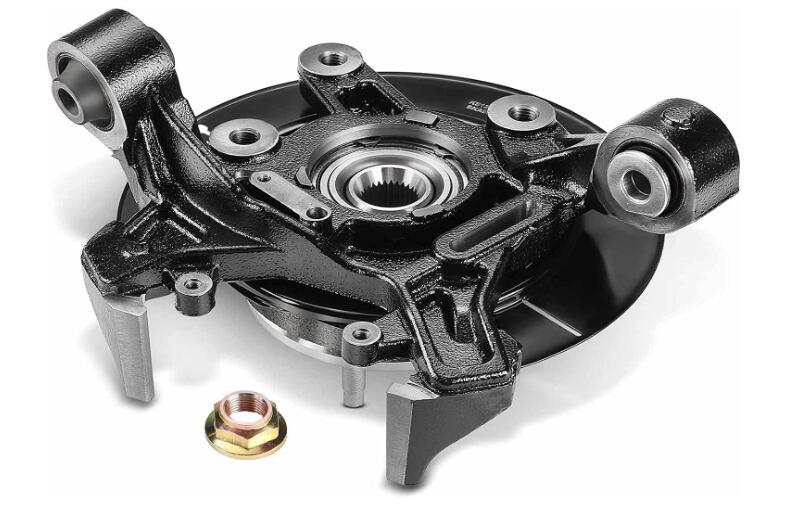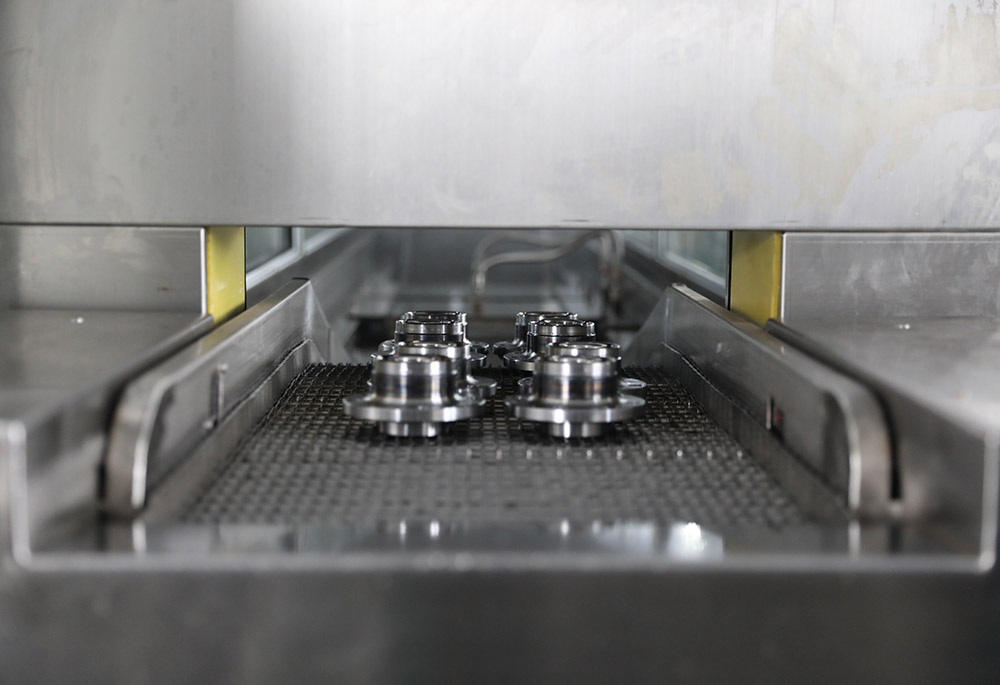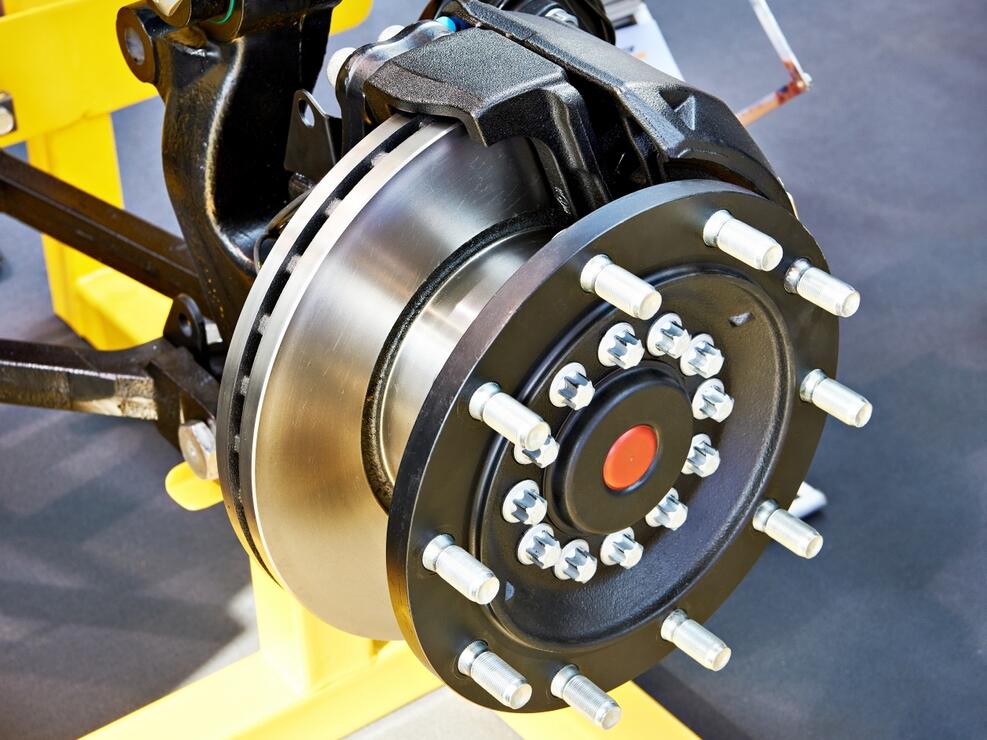Introduction
As vital components in the automotive industry, wheel bearings, and hub assemblies must conform to stringent industry standards to ensure safety, efficiency, and durability.
These standards guide the design, manufacturing, and testing processes, providing a benchmark for quality and reliability.
This article delves into the industry standards governing wheel bearings and hub assemblies, deciphering their implications for manufacturers, technicians, and vehicle owners.
Part 1: Understanding Industry Standards
Industry standards are guidelines or specifications established by recognized standardization organizations.
For wheel bearings and hub assemblies, these standards are set by various bodies like the International Organization for Standardization (ISO), the American Bearing Manufacturers Association (ABMA), and the Society of Automotive Engineers (SAE).
These standards include design, material selection, manufacturing process, testing, and packaging.
Adherence to these standards ensures the production of quality wheel bearings and hub assemblies and facilitates interchanging parts across different vehicles or manufacturers.
It also simplifies the tasks of automotive technicians, providing them with reliable specs for installation, maintenance, and troubleshooting.
Part 2: Decoding Specific Standards
While there are numerous standards applicable to wheel bearings and hub assemblies, some key ones include:
- Dimensional and Running Accuracy Standards: These are primarily set by ISO and ABMA. They cover bearing dimensions and tolerances specifications, ensuring bearings can operate efficiently and interchangeably across different applications.
- Material Standards: These standards, such as ISO 683-17, guide the selection of bearing steel, ensuring it has the requisite hardness, toughness, and resistance to wear and heat.
- Testing Standards: These standards prescribe how bearings should be tested for parameters like load rating, lifespan, noise, and vibration (e.g., ISO 281 for bearing life calculation).
- Safety and Environmental Standards: These encompass a range of safety and sustainability concerns, including safe handling of bearings, pollution control during manufacturing, and end-of-life disposal.
Part 3: The Impact on Manufacturing Processes
Meeting these industry standards requires manufacturers to incorporate meticulous quality control processes throughout production.
This involves precision engineering, rigorous testing, and constant monitoring to ensure compliance.
The standards directly influence the manufacturing process, dictating everything from the choice of raw materials to the final quality checks.
In the next section, we will explore how manufacturers meet these industry standards and the role of innovative technologies in aiding them.
Part 4: Role of Standards in Enhancing Quality and Safety
Industry standards play a critical role in enhancing the quality and safety of wheel bearings and hub assemblies.
By providing a consistent framework for their production and testing, standards help ensure that these crucial components deliver the performance, durability, and safety that vehicles depend on.
For instance, the design and manufacturing standards help guarantee that the wheel bearings and hub assemblies can withstand the loads and stresses they will encounter.
They ensure these components have the proper dimensions and tolerances, are made from suitable materials, and their production processes can consistently produce high-quality products.
Testing standards, meanwhile, provide a means of verifying that the finished products meet their design specifications and are fit for their intended purpose.
They outline rigorous testing procedures for checking a bearing’s load-carrying capacity, lifespan, noise levels, etc.
By complying with these standards, manufacturers can assure customers of the reliability and performance of their wheel bearings and hub assemblies.
Part 5: Deciphering Certifications and Compliance
Given the importance of industry standards, many wheel bearing and hub assembly manufacturers are expected to seek certification to demonstrate compliance with these standards.
The industry often sees certifications like ISO 9001 for quality management systems or IATF 16949 for automotive quality management systems.
These certifications are not just a badge of honor.
They are a testament to the manufacturer’s commitment to quality, indicating that they have implemented a systematic approach to ensuring quality and continuous improvement in their operations.
Such certifications help build customer trust, affirming that the manufacturer’s products meet internationally recognized standards.
But deciphering these certifications and understanding what they mean can be a challenge.
A certification like ISO 9001 indicates that the manufacturer has a quality management system that meets the ISO standard’s requirements.
It means that the manufacturer has documented processes for all its operations, monitors and measures these processes, and implements corrective actions when deviations are detected.
Part 6: Emerging Industry Standards and the Future of Wheel Bearings and Hub Assemblies
As the automotive industry rapidly advances with technology and innovation, so do the standards that govern the design and manufacture of components such as wheel bearings and hub assemblies.
Understanding these emerging standards is crucial to staying ahead in an increasingly competitive and complex industry landscape.
With the rise of electric vehicles (EVs) and the increasing emphasis on fuel efficiency, standards are evolving to address these new technologies’ unique challenges and requirements.
For wheel bearings and hub assemblies, this could mean changes in material specifications to reduce weight or new design requirements to accommodate EVs’ different load and speed characteristics.
The trend toward smart, connected vehicles is also having an impact on standards.
Traditionally seen as simple mechanical components, wheel bearings and hub assemblies are increasingly integrated with electronic sensors and systems.
This evolution presents new challenges regarding electromagnetic compatibility, software validation, and cybersecurity, which standards bodies are actively working to address.
Industry 4.0—the digital transformation of manufacturing—is another area where new standards emerge.
With advanced technologies such as artificial intelligence, robotics, and the Internet of Things producing wheel bearings and hub assemblies, data management, interoperability, and digital security standards are becoming increasingly important.
Conclusion
In conclusion, understanding and adhering to industry standards for wheel bearings and hub assemblies is critical to ensuring product quality, performance, and safety.
These standards provide a rigorous framework for every product lifecycle stage, from design and material selection to manufacturing, testing, installation, and maintenance.
However, these standards are not static. They continue to evolve in response to technological advancements, changing vehicle designs, and new manufacturing techniques.
Staying abreast of these changes is crucial for manufacturers, automotive professionals, and even consumers as they shape the future of wheel bearings and hub assemblies.
As the automotive industry continues its relentless drive toward a future of electric, autonomous, and connected vehicles, the importance of standards will only grow.
They will continue to guide the design and production of wheel bearings and hub assemblies, ensuring these critical components keep pace with the rapidly changing automotive landscape.
In sum, wheel bearings and hub assemblies are more complex.
It is governed by complex standards and regulations that demand expertise and meticulous attention to detail.
But for those who can navigate this complexity, the rewards are clear: high-quality, reliable, and safe products that meet the exacting demands of today’s—and tomorrow’s—vehicles.




